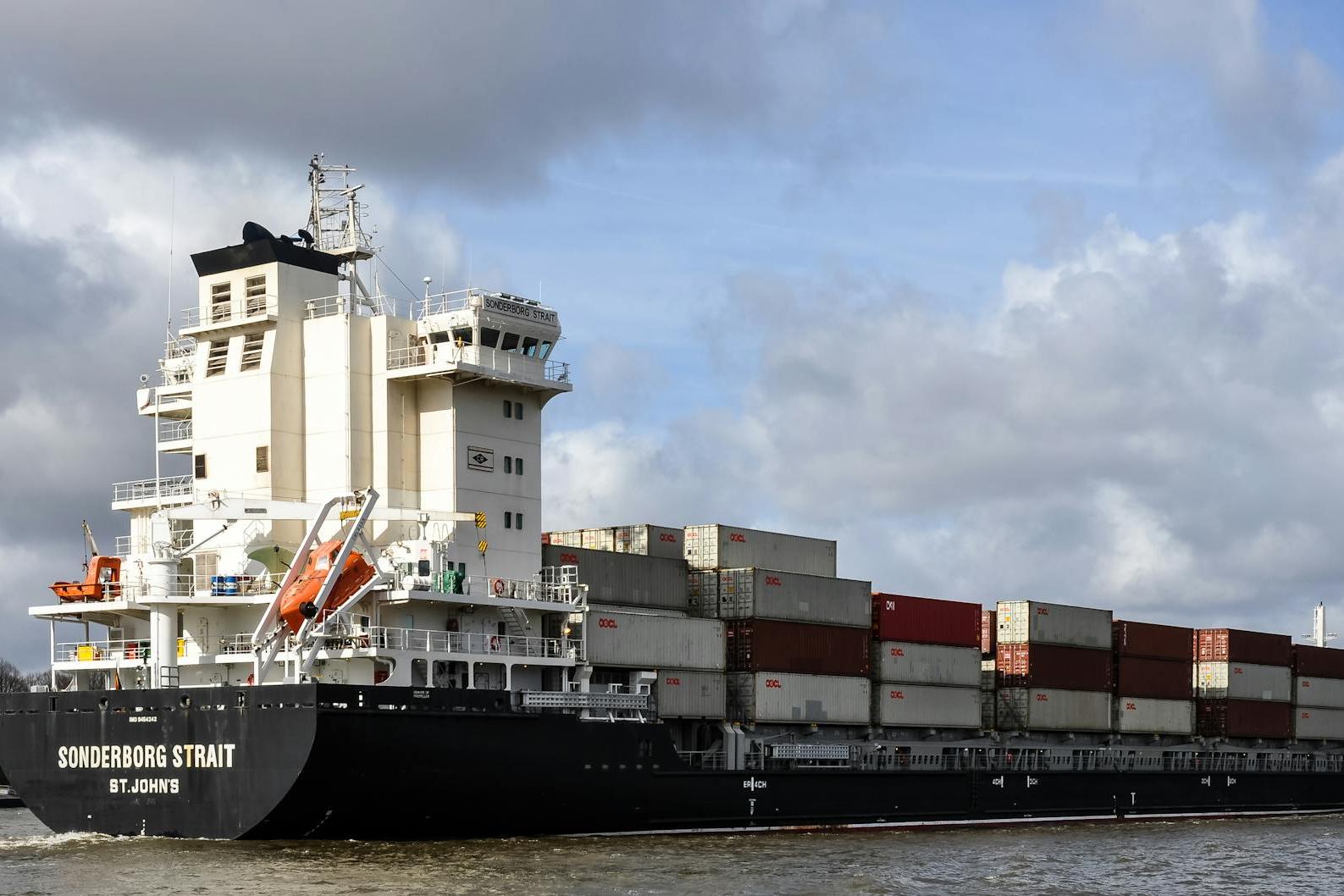
1. What specific responsibilities does export freight forwarding undertake?Core business?
The core services of professional freight forwarding consist of three main modules:Transportation CoordinationandCompliance guaranteeandRisk controlThe specific manifestations are as follows:
- Transportation Link Management
- The InternationalThe Maritime/air transportBooking and Route Optimization
- The containerAllocation and Loading Supervision
- Intermodal transport connection and coordination
- Commercial compliance services
- HS Code Classification and Tariff Pre-assessment
- Exportedcustoms clearance/Inspection of vaccinesdeclare
- Preparation of trade documents such as Certificate of Origin
- Risk control system
- Transportation Insurance Plan Design
- Send AMS/ENS 48 hours in advance
- Trade sanctions screening (e.g., OFAC list verification)
II. Do small and medium-sized foreign trade enterprises need professional freight forwarders?
According to the 2023 data from the General Administration of Customs, enterprises utilizing professional freight forwarding services experience an average 40% improvement in customs clearance efficiency. Particularly, the following three types of enterprises are strongly recommended to opt for such services:
- Growth enterprises with annual export volumes exceeding $5 million.
- Involving electromechanical/chemical and other regulatory-sensitive categories
- The primary export markets are strictly regulated regions such as Europe and the United States.
3. How to Assess the Professionalism of Freight Forwarding Services?
Recommended examination from three dimensions:
- Qualification verification: Check whether holding international certifications such as NVOCC certificate, WCA membership, etc.
- The response speed.: Request to provide case examples of booking confirmation lead times for typical routes in the past six months.
- Emergency response ability: Inquire about the specific response plan during the 2024 Red Sea crisis.
IV. What Hidden Costs Are Included in Freight Forwarding Service Fees?
Please note in addition to the base shipping cost:
- Peak Season Surcharge (such as PSS/EBS)
- Destination Port Unpacking Fee (Devaning Charge)
- Telex Release Fee
- Additional Security Screening for Counterterrorism (AMS/ENS)
5. How to effectively protect your rights in case of cargo delays?
It is recommended to adopt a four-step response method:
- Obtain the official delay certificate from the shipping company within 1 hour.
- Activate the alternative transportation plan (such as replacing sea freight with the China-Europe Railway Express).
- Apply for demurrage fee reduction through a freight forwarder.
- Prepare the Force Majeure Factual Certificate simultaneously.
VI. What should be noted for the transportation of special cargo?
Taking lithium battery exports as an example:
- It is mandatory to confirm that the freight forwarder possesses DG CARGO certification.
- The packaging must comply with the requirements of the UN38.3 test report.
- Submit the MSDS and Dangerous Goods Packaging Certificate 14 days in advance when booking the shipment.
7. What are the new trends in digital freight forwarding?
The industry will undergo three major transformations in 2025:
- The adoption rate of blockchain bills of lading is expected to reach 35%.
- The AI-powered intelligent booking system achieves a response time breakthrough of under 5 minutes.
- Carbon footprint tracking becomes a standard service.
8. How to Establish Efficient Communication with Freight Forwarders?
It is recommended to establish a three-tier communication mechanism:
- Daily Operations: Designate a Documentation Specialist for Coordination
- Exception Handling: Emergency team provides 24/7 response.
- Strategic Synergy: Quarterly Service Review Meeting
Specifically reminded:Selecting a freight forwarder that holds both AEO certification and TAPA warehouse standards can reduce the inspection probability by 5%-8%. It is recommended to request the freight forwarder to provide customer retention rate data for the past 12 months, as this metric for high-quality service providers typically exceeds 85%.


 Follow Customer Service WeChat
Follow Customer Service WeChat